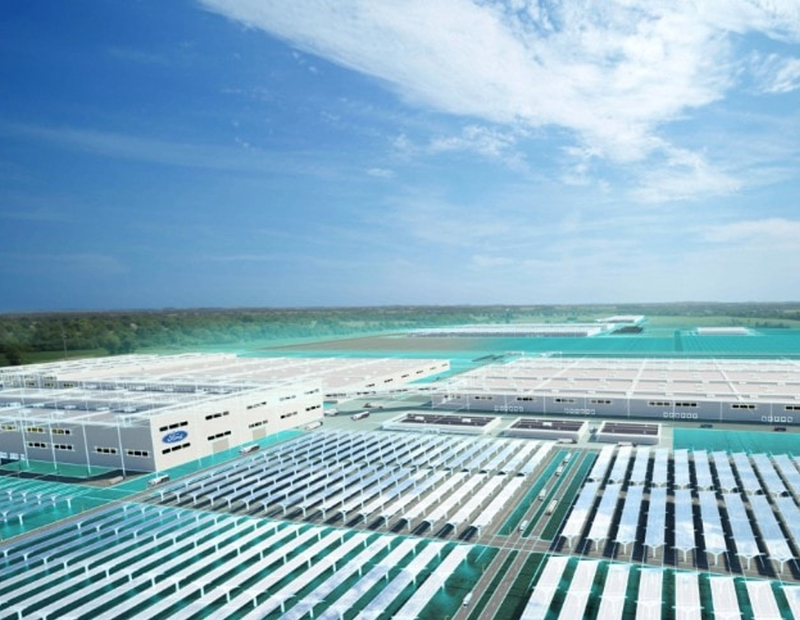Morningstar CMBS Outlook Suggests Soft-ish Landing
The ratings agency’s latest quarterly report cites multiple reasons why a CRE crash like the Great Recession’s does not seem to be in the cards.

Steve Jellinek, Vice President, Morningstar Credit Ratings. Image courtesy of Morningstar Credit Ratings
As the economic cycle winds along—and likely down—might things really be different this time around?
The CMBS Second Quarter Market Outlook from Morningstar Credit Ratings LLC seems to suggest that a 2008-style meltdown in the commercial real estate sector is unlikely, despite where we are in the current cycle.
“Most economists suggest that the real estate cycle has reached or surpassed its peak. Despite real estate being a cyclical business, the commercial real estate market is far healthier and less risky than it was a decade ago,” the report states, concluding that “we expect U.S. property fundamentals to remain stable and delinquencies to stay low.”
Though a slowdown might occur, Morningstar doesn’t anticipate a crash like that of 10 years ago. The main reason the report cites is tougher underwriting standards mandated by Dodd-Frank since December 2016. As a result of that, Morningstar says, “Lenders have shifted to lower-leveraged, higher-quality properties for loans packaged in commercial mortgage-backed securities.”
The report notes Trepp LLC figures showing that conduit loans issued last year averaged a loan-to-value ratio of 57.6 percent, versus a pre-crisis peak of 69.7 percent in 2007. Underwritten debt service coverage ratios too have improved, reaching an average of 2.06x in 2018, up from a low of 1.36x in 2008.
Overall economic indicators, such as the average annual real GDP growth rate, plus the lack of signs that the economy is overheating, generally indicate little danger of a boom-and-bust cycle, according to Morningstar.
“The upshot of this slow and steady expansion is that it may prolong the current business cycle,” wrote the report’s author, Steve Jellinek, vice president of Credit Risk Services. “Demand for commercial space is strong, but not so robust as to spur excess lending and speculative new development.”
And finally, there are fewer troubled CMBS loans, Morningstar points out. As one indicator, the special-servicing unpaid principal balance continues to decline, hitting a post-crisis low of $16.3 billion in February.
Research from the Mortgage Bankers Association in mid-February indicated that CMBS issuance fell by 12 percent last year, to $77 billion, as spreads have tightened.
The tactical situation
As for more immediate developments, Morningstar reported, the CMBS delinquency rate improved 12 basis points in February, to 1.57 percent. The delinquency rate has now fallen in 11 of the past 14 months and has decreased 75 basis points year-over-year.
Morningstar expects the delinquency rate to remain below 2.0 percent for much of this year, based on “steady new issuance volume pushing the outstanding balance of commercial mortgage-backed securities loans higher and special servicers actively resolving or liquidating assets.”







You must be logged in to post a comment.